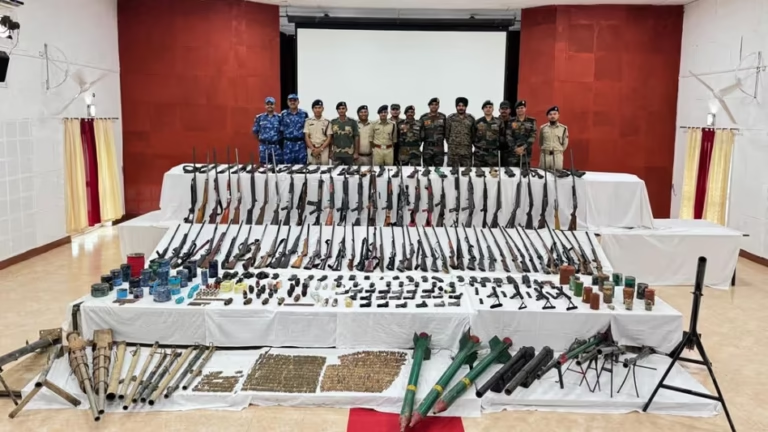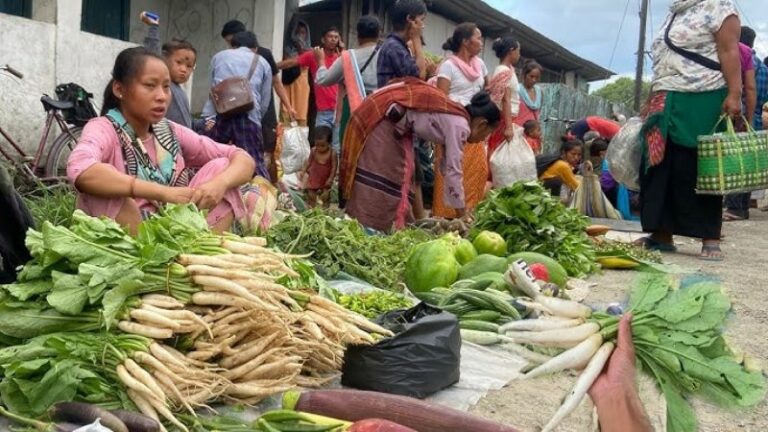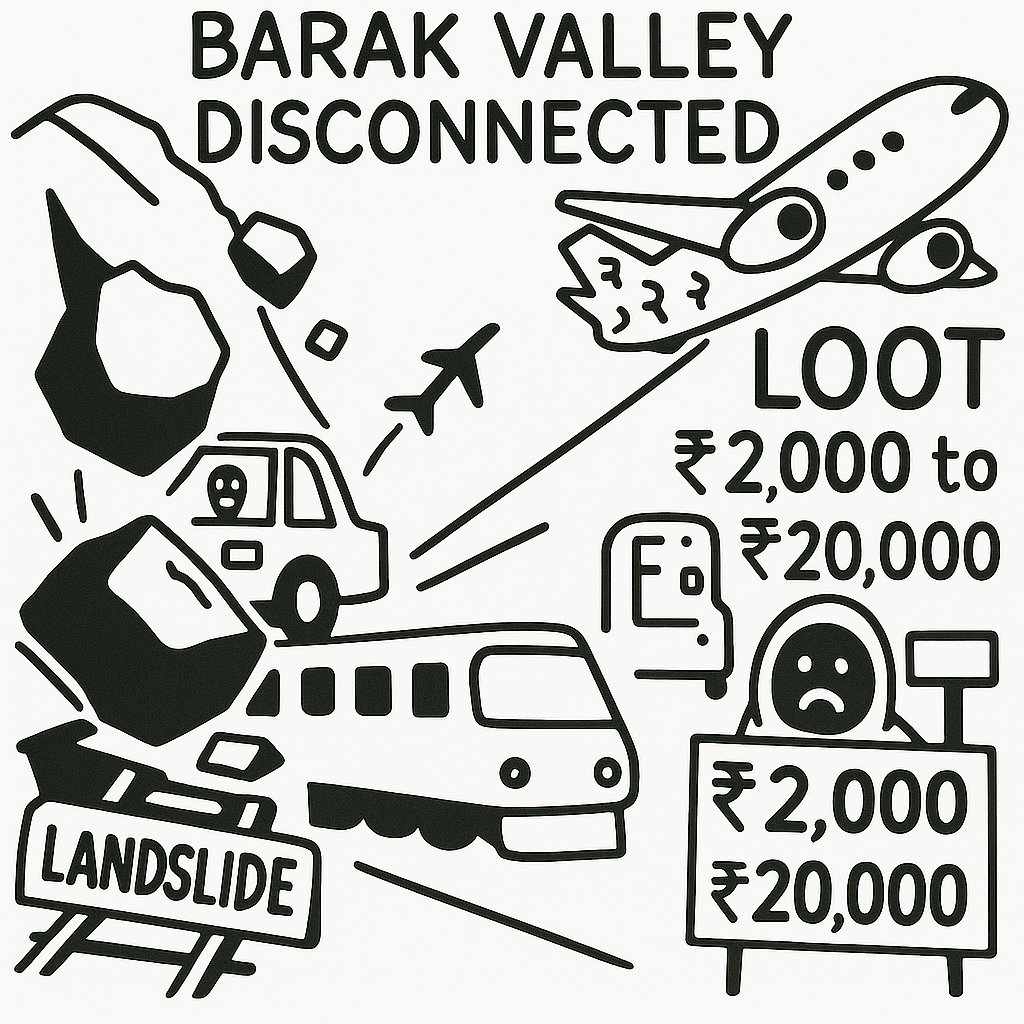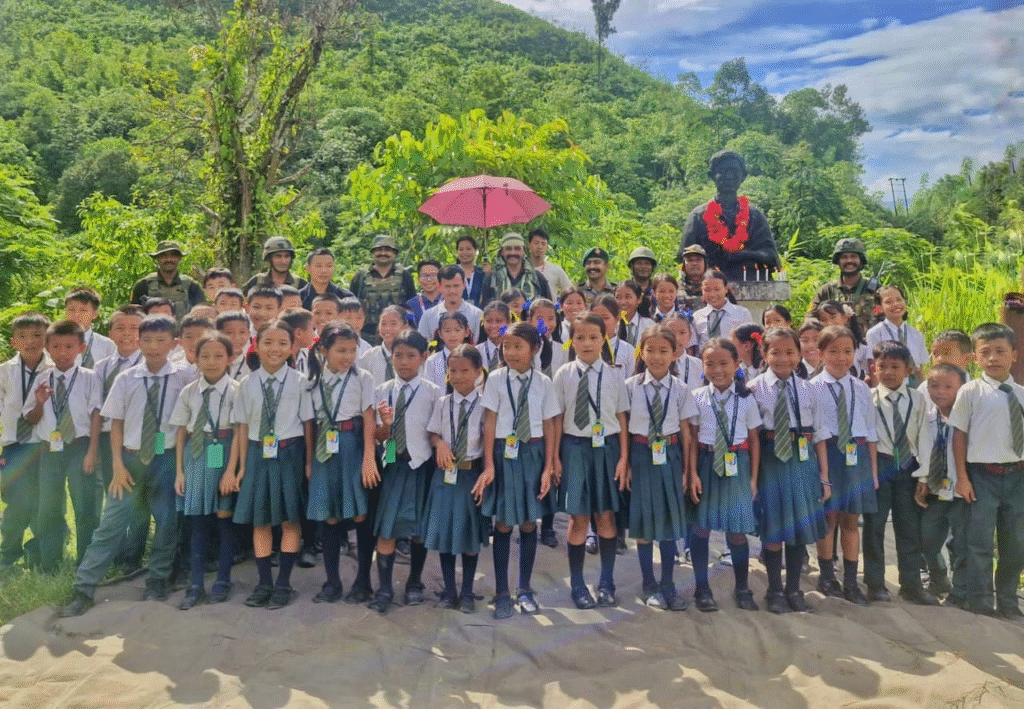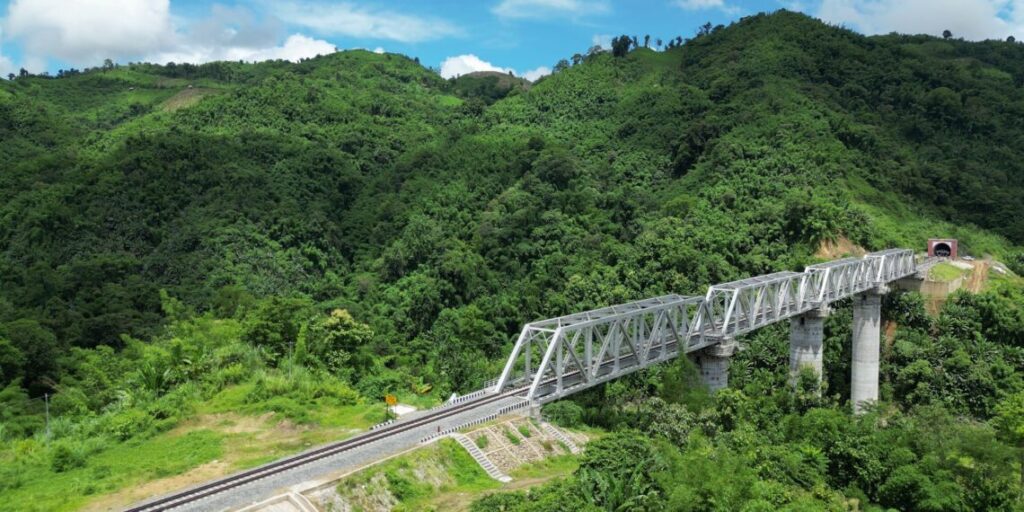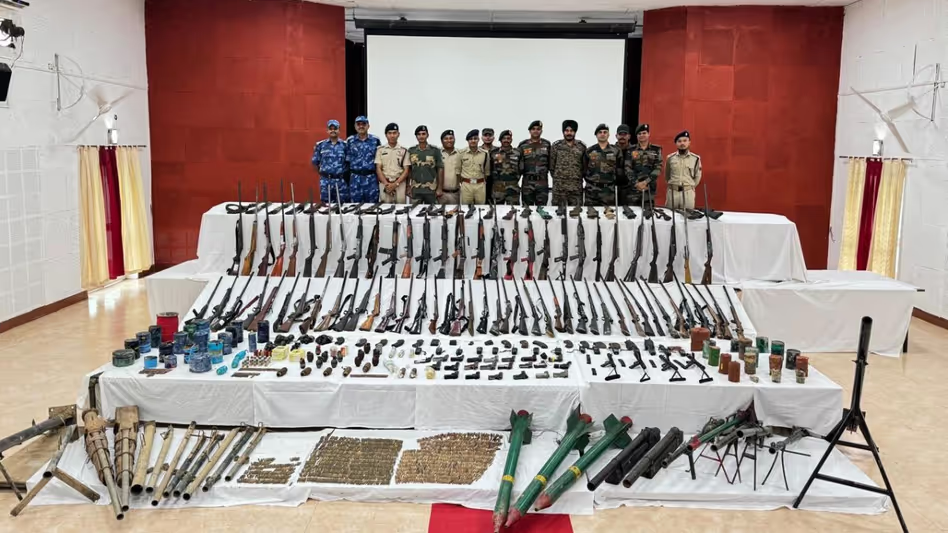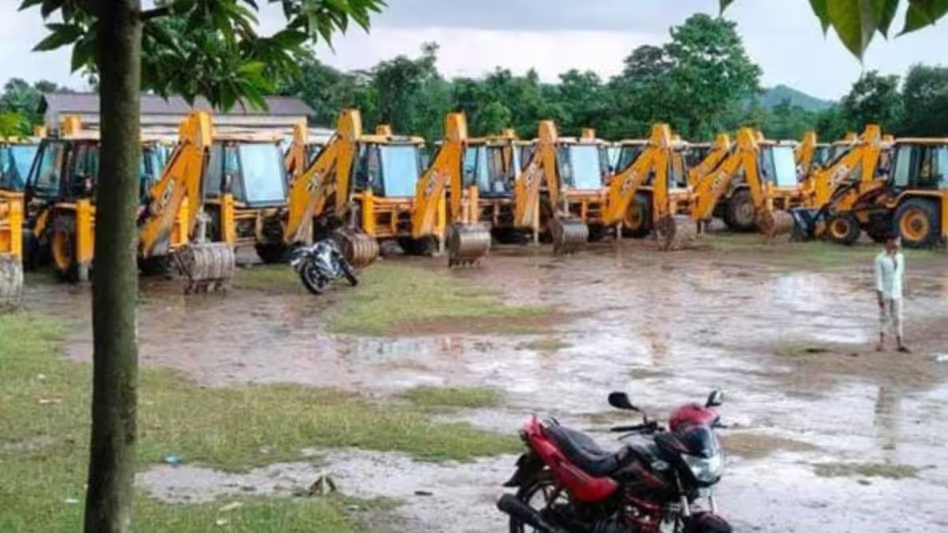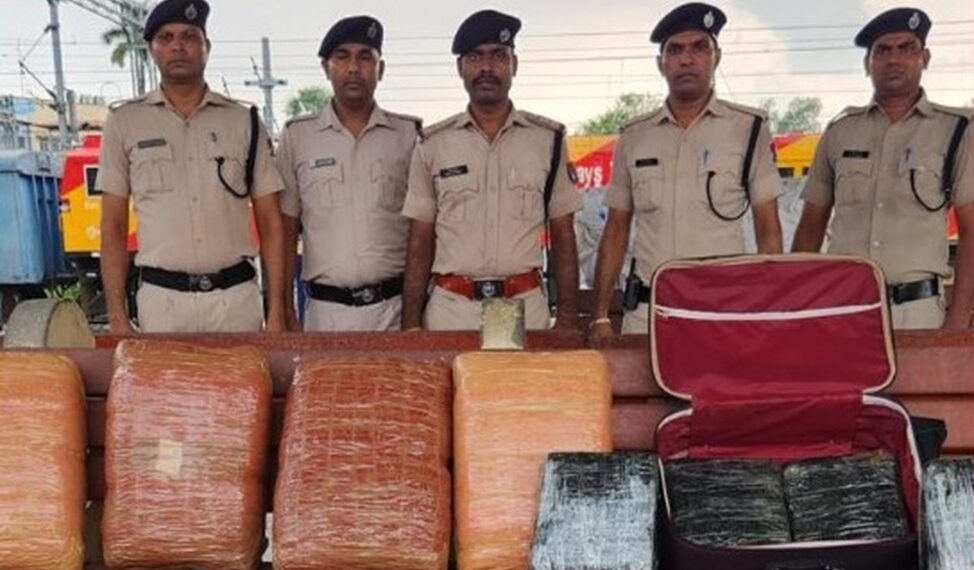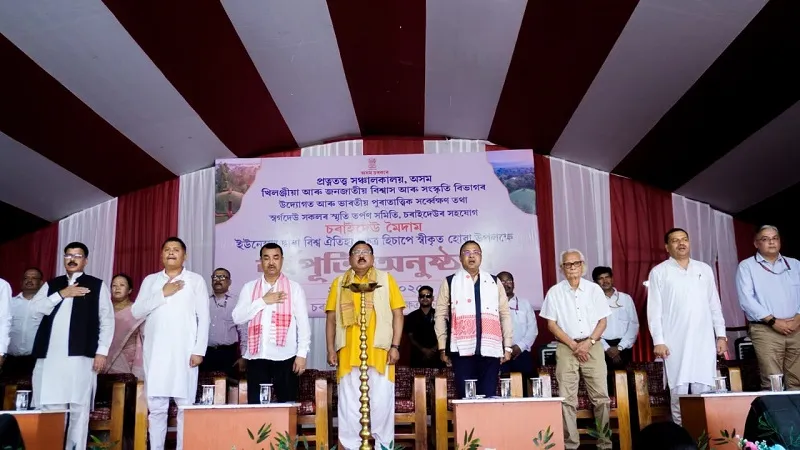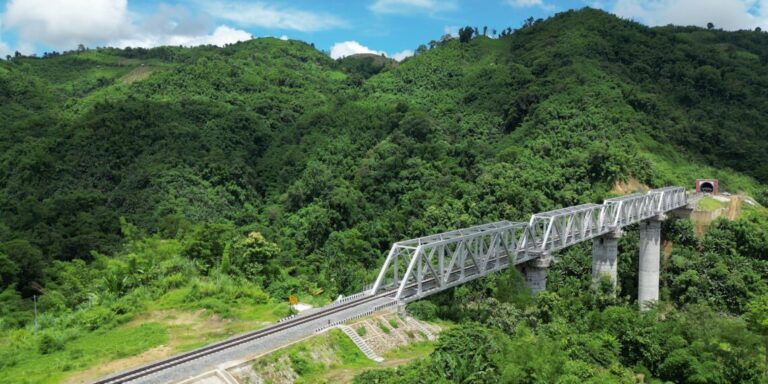
The centre approves Rs 69,342 cr rail projects in the Northeast and builds more than 16,000 km of roadways.
As of April 2025, the Government of India has made significant progress in transforming the Northeastern Region (NER) into a vibrant hub of connectivity and development. The Ministry of Road Transport and Highways has constructed over 16,207 km of National Highways, substantially improving road infrastructure. Simultaneously, the Ministry of Railways has sanctioned 12 major railway projects covering 777 km, with 278 km already commissioned and over Rs. 41,000 crore invested.
In rural connectivity, under the Pradhan Mantri Gram Sadak Yojana (PMGSY), 17,637 road projects and 2,398 bridges were sanctioned, of which 80,933 km of roads and 2,108 bridges have been completed. Digital connectivity has also received a boost, with 6,355 Gram Panchayats made service-ready under BharatNet and 3,297 mobile towers installed, bridging the digital divide in remote areas.
The UDAN scheme has operationalized 90 air routes, linking 12 airports and heliports, thus improving regional air connectivity. Development funding via Central Sector Schemes—such as NESIDS, NEC, and the 100% centrally funded PM-DevINE initiative—supports infrastructure, livelihood, and social development projects in the region. Together, these coordinated efforts across key sectors signify the Centre’s long-term vision to elevate the Northeast’s connectivity, commerce, and overall development.




